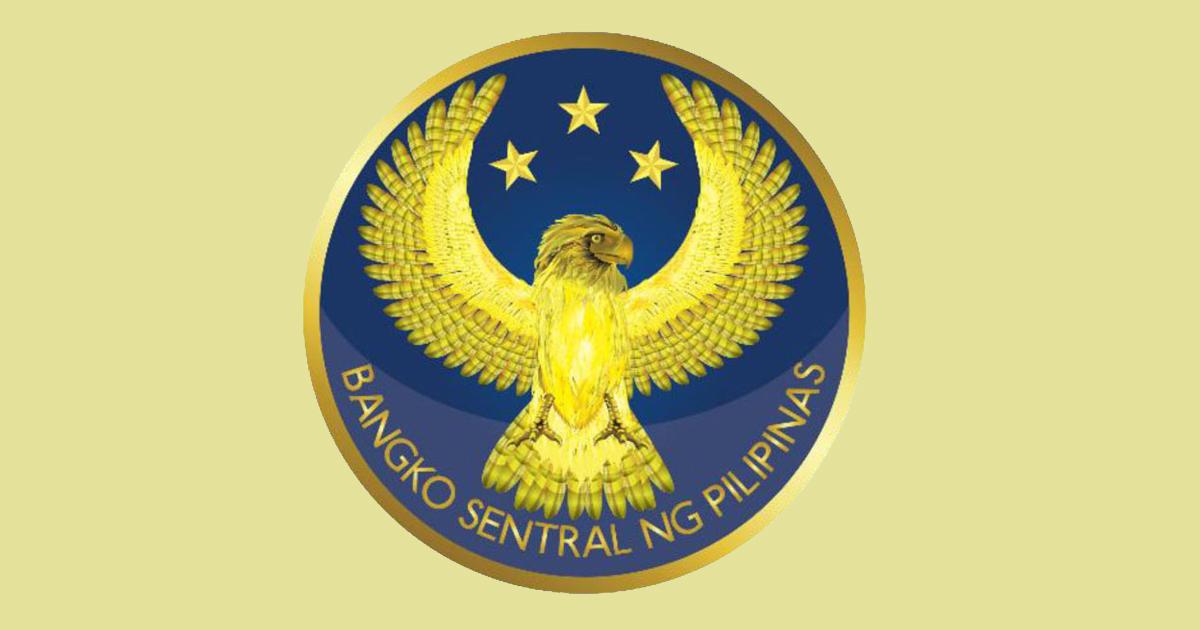FDI net inflows up 50.2% in October 2024 — BSP

Net inflows of foreign direct investment (FDI) to the Philippines saw a recovery in October 2024, the Bangko Sentral ng Pilipinas (BSP) reported on Friday.
Preliminary data released by the BSP showed that FDI —a key source of jobs and capital for the local economy— posed a net inflow of $1 billion in October last year, up 50.2% from $681 million in October 2023.
The central bank defines FDI as an investment by a foreign direct investor in a local enterprise, whose equity capital in the latter is at least 10% or an investment made by a foreign subsidiary in its resident direct investor.
FDI can be in the form of equity capital, reinvestment of earnings, and borrowings.
“The increase in net FDI inflows was due to the 60.7% growth in nonresidents' net investments in debt instruments to $839 million from $522 million,” the BSP said.
“Likewise, nonresidents’ net investments in equity capital (other than reinvestment of earnings) rose by 34.1% to $100 million from $74 million,” it said.
The growth in FDI inflows was moderated, however, by a “marginal contraction” in foreigners’ reinvestment of earnings, which decreased by 0.9% to $83 million from $84 million year-on-year
Equity capital placements in October 2024 came largely from Japan, the United States, and Singapore, according to the BSP.
The central bank said FDIs were directed primarily to the manufacturing, real estate, and construction industries.
The January to October 2024 FDI net inflows stood at $7.7 billion, up 8.2% from the $7.1 billion net inflows in January-October 2023.
In an emailed commentary, Rizal Commercial Banking Corp. chief economist Michael Ricafort said that that the “some foreign investors became more decisive to locate or establish businesses in the Philippines after CREATE MORE was approved by the Bicam on September 10, 2024 and eventually passed into law on November 11, 2024.”
Ricafort said that also supporting the FDI recovery in October were “rate cuts by the Fed (-1.00 in 2024), other global central banks, and by the BSP (-0.75 in 2024) that reduced borrowing costs which increased demand for loans or credit to finance investments, including FDIs into the Philippines.”
The BSP's FDI statistics are distinct from the investment data of other government sources as this covers actual investment inflows, as compared with approved foreign investments data published by the Philippine Statistics Authority (PSA) sourced from Investment Promotion Agencies representing investment commitments or pledges which may not necessarily be realized fully, in a given period. — RSJ, GMA Integrated News




